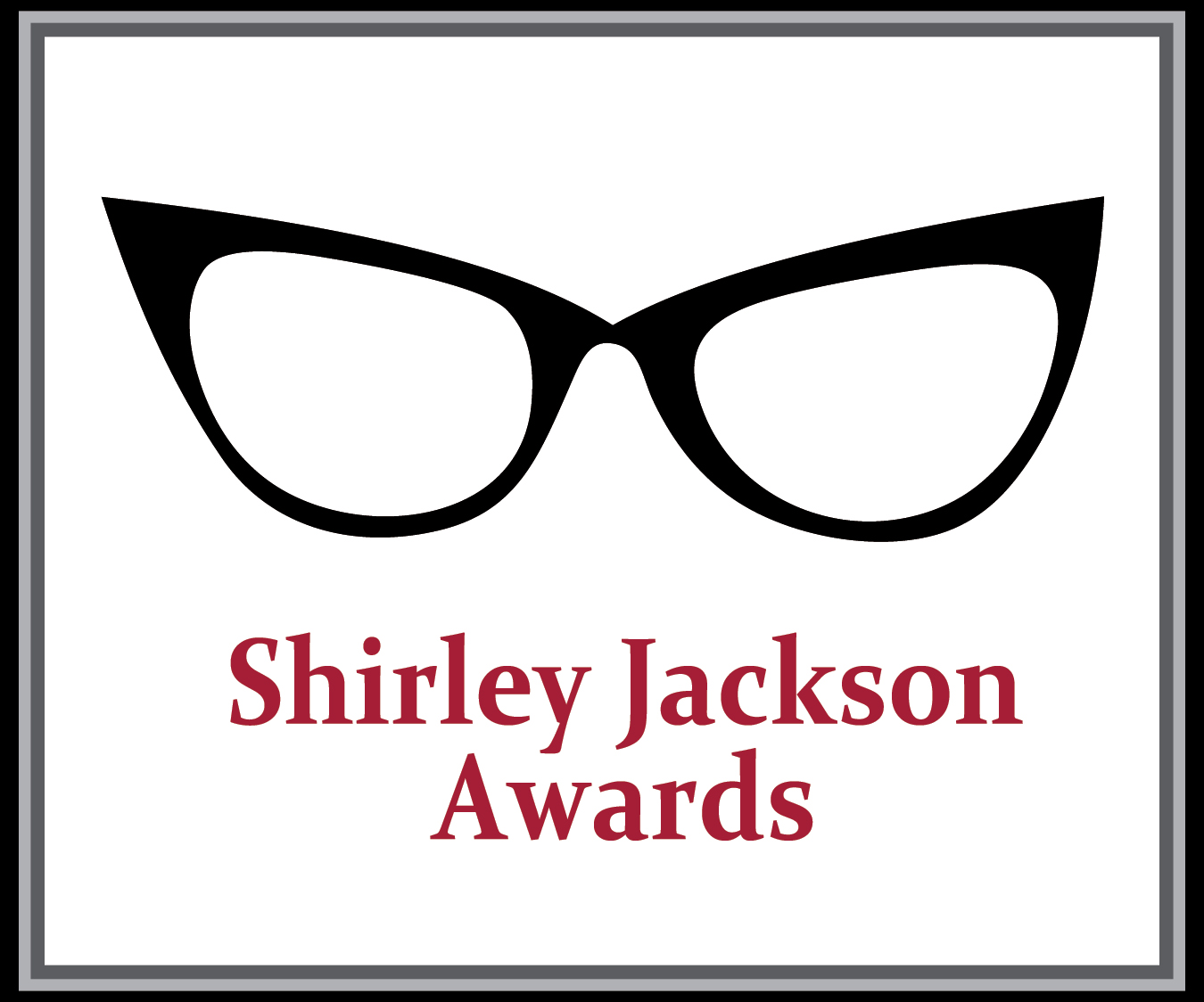Christopher Barzak’s collection Before and Afterlives is a 2013 Shirley Jackson Awards nominee.
Charles Tan: How did you settle on Before and Afterlives as the title for the collection?
Christopher Barzak: I was attempting to find the right selection of stories for the collection, and having a hard time making decisions about which stories I felt belonged together. As a writer making a story collection out of the many I’d published in the first decade of my career (over thirty), I had a lot of decisions to make, and I was having a difficult time of it. I finally decided that I would stop trying to make those decisions until I had a title for the book. So I kept trying to think about the themes I saw running through the majority of my stories. Eventually I kept tossing around the word “afterlives” because so many of the stories are ghost stories, or else are stories of being haunted by memory or by loss of some kind. One day I was reading my Facebook feed, looking at updates from friends, and saw that one of my acquaintances had posted an album of photos for her weight loss program, and I initially misread the title of the album as Before and Afterlives, probably due to how much I had that word on my brain. For a moment I thought, What an interesting sounding collection of photos, I must look and see, are they spirit photography? And when I saw that they were instead weight loss photos, I felt dumb for only a second before I realized I had invented, by accident, the title for my collection, which is as much about life as it is about afterlives. Then all of the stories in the collection were pulled together, almost as if the title alone acted upon them like a magnet.
Charles Tan: What is it about the short story format that appeals to you?
Christopher Barzak: I love the short story as a form because of its elegance, how everything in it must be necessary, and I love how a good short story feels like it is as open and detailed as a novel can be, but in miniature, like a snow globe containing an entire world. Reading a good collection of stories can be like going to see an art exhibit. Instead of one large massive painting by an artist, you get an entire room with walls filled with connected work. There’s something about the room full of paintings (or the book full of stories) that can feel even more multi-faceted than a novel.
Charles Tan: What was your criteria in selecting the stories to be included in the collection and their order?
Christopher Barzak: As I mentioned in the question about the title, the stories in the book felt pulled into the book under the umbrella of the title. The criteria was mainly thematic: they must speak to change, to intense turning points in a character’s life, or to a change in something else, like the house in the very first story (“What We Know About the Lost Families of — House”), over time. Regarding order, I wanted to open the collection with some of the darker material that dealt more directly with stories of hauntings, and then move through a couple of other variants on the meaning of being haunted (the way that, for instance, one woman is haunted, to some extent, by herself as she continues to proliferate newer versions of herself in the story “The Other Angelas”. Or the way that a mother is haunted by a son who has not necessarily died but has disappeared due to an illness that causes him to vanish slowly over time, yet lingers as an unseen presence in “Vanishing Point”.) I wanted to display my range as a writer, too, which meant I needed to consider placement of stories that might be darkly humorous next to stories that might just be dark, so that I didn’t get long runs of stories that felt like their total feeling were too similar.
